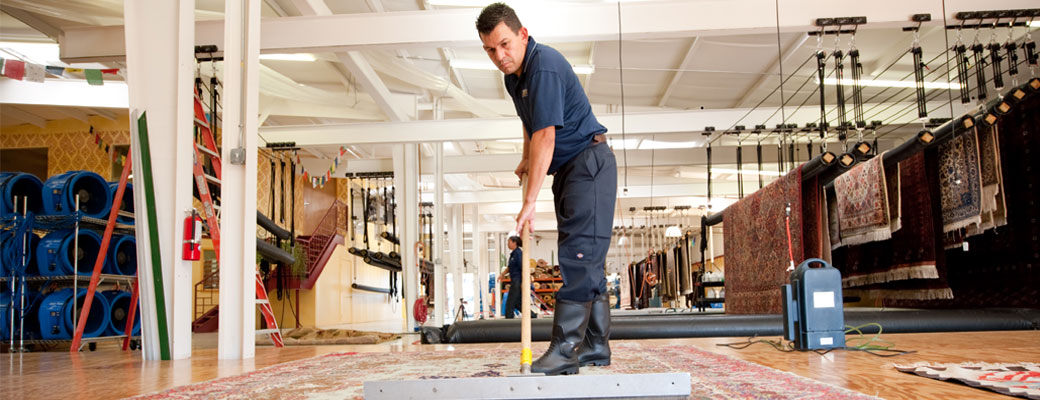
This ratio shows how many times a company sells and replaces its inventory over a specific period of time. It is measured by dividing the cost of goods sold by the average balance in inventory. The balance sheet is one of the three main financial statements prepared by companies. Assets are future resources of a company and liabilities are future obligations of a company. C This is actual manufacturing overhead for the period and includes indirect materials, indirect labor, factory rent, factory utilities, and other factory-related expenses for the month. In Chapter 2, we look at an alternative approach to recording manufacturing overhead called normal costing.
What is the difference between bank balance sheet and manufacturing company balance sheet?
A company's balance sheet typically includes assets such as inventory, property, plant, and equipment, and liabilities such as accounts payable and loans. In contrast, a bank's balance sheet typically includes assets such as loans and investments, and liabilities such as deposits and borrowing.
Some companies count and evaluate their inventory at the end of each quarter or each year. The dough is formed and then baked in the oven in our hypothetical cookie-making scenario. Our mission is to empower readers with the most factual and reliable financial information possible to help them make informed decisions for their individual needs. Our writing and editorial staff are a team of experts holding advanced financial designations and have written for most major financial media publications. Our work has been directly cited by organizations including Entrepreneur, Business Insider, Investopedia, Forbes, CNBC, and many others. We follow strict ethical journalism practices, which includes presenting unbiased information and citing reliable, attributed resources.
Format of income statement of a manufacturing business
This is known as inventory overage when you have overcharged the operating account for the cost of goods sold and have more inventory on hand than your records show. When there are fewer things on hand than what your records show, or when you have not charged enough to the operating account through the cost of goods sold, you have an inventory shortage. Your business can use balance sheets to identify financial risks such as shrinkage, spoilage, and obsolescence.
What are the assets of a manufacturing company?
For manufacturing firms, current assets typically include raw materials, work in process and finished goods, which all fall into the inventory category. Long-term assets include handling equipment such as forklifts and industrial pushcarts.
An investor can utilize this figure by determining how much overhead is required to produce a good and how efficient a company’s process is compared to other entities. For instance, a manufacturing business with a short production cycle that does not produce around the clock may finish production before the company completes the annual inventory count. Have it in mind that this would leave little to no work – in – process inventory. In contrast, a company that has a long production cycle, such as a bridge builder, may have the majority of the inventory balance be considered work – in – process.
Business in Action 1.8
Companies that have material reserves for obsolete inventory are expected to disclose the reserve on the face of the balance sheet or the footnotes of the financial statement. The threat of obsolete inventory varies depending on the industry and https://turbo-tax.org/best-iphone-ipad-apps-for-filing-taxes-in-2021/ type of products the small business manufactures. This ultimately increased profit by $9,000,000 because reported expenses were too low. If you find the task of managing the balance sheet of your manufacturing company to be a tedious one.

According to the complaint, Rite Aid executives committed financial fraud in several areas, one of which involved inventory. Rite Aid executives allegedly failed to record this shrinkage, thereby overstating ending inventory on the balance sheet and understating cost of goods sold on the income statement. Raw materials used in production shows the cost of direct and indirect materials placed into the production process.
Types of Inventory for the Balance Sheet of a Manufacturing Company
Liabilities in the manufacturing industry more or less refer to financing that is used to buy the assets in the first place in order to produce the goods. In the form of short – term liabilities, the manufacturing companies are expected to show one or more credit lines, which were used to finance the buying of working capital and raw materials. For this company, observe that finished goods is just a small piece of the overall inventory. Finished goods is the cost assigned to completed products awaiting sale to a customer. But, this company has a more significant amount of raw materials (i.e., the components that will be used in manufacturing units that are not yet started) and work in process.
While some spoilage is accounted for by the cost of the goods sold, unusual or careless spoilage is a significant concern. A thorough physical inventory is crucial to producing an accurate, consolidated balance sheet at the university level. Materials directly used in production or a regular process element are typically included in cycle inventories. It’s not always possible to forecast swings and market changes in a manufacturing or trade business. Such modifications may negatively affect the sales or production process, resulting in out-of-stock circumstances. FIFO (“first in, first out”), LIFO (“last in, first out”), weighted average, and particular identification are the four primary techniques for calculating inventory.
An example of presenting the calculation of the cost of goods sold
Unlike a merchandiser’s balance sheet that reports a single inventory amount, the balance sheet for a manufacturer typically shows materials, work in process, and finished goods inventories separately. Others will work in retail or service organizations that do business with manufacturers. This section will help you understand how manufacturing companies work and how to read both their internal and external financial statements. The goal of going through the process shown in Figure 1.7 is to arrive at a cost of goods sold amount, which is presented on the income statement. Custom Furniture Company’s income statement for the month ended May 31 is shown in Figure 1.8 . As you review Figure 1.7 and Figure 1.8 , look back at Figure 1.6 to see how costs flow through the three inventory accounts and the cost of goods sold account.
Manufacturing companies have several different accounts compared to service and merchandising companies. These include three types of inventory accounts—raw materials, work‐in‐process, and finished goods—and several long‐term fixed asset accounts. A manufacturing company uses purchased raw materials and/or parts to produce a product for sale. The value of each type of inventory is disclosed in a company’s financial statements.
What are the financial statements for manufacturing companies?
There are four main financial statements prepared by manufacturing business, namely, statement of cost of goods manufactured, cash flow statement, income statement, and balance sheet. A manufacturing business is such a business that uses raw materials to make some physical products.








